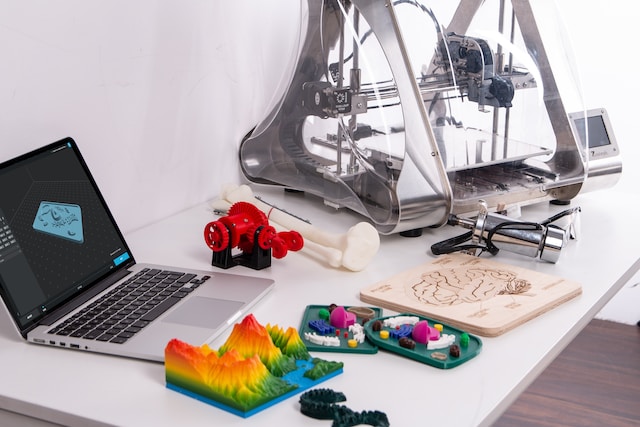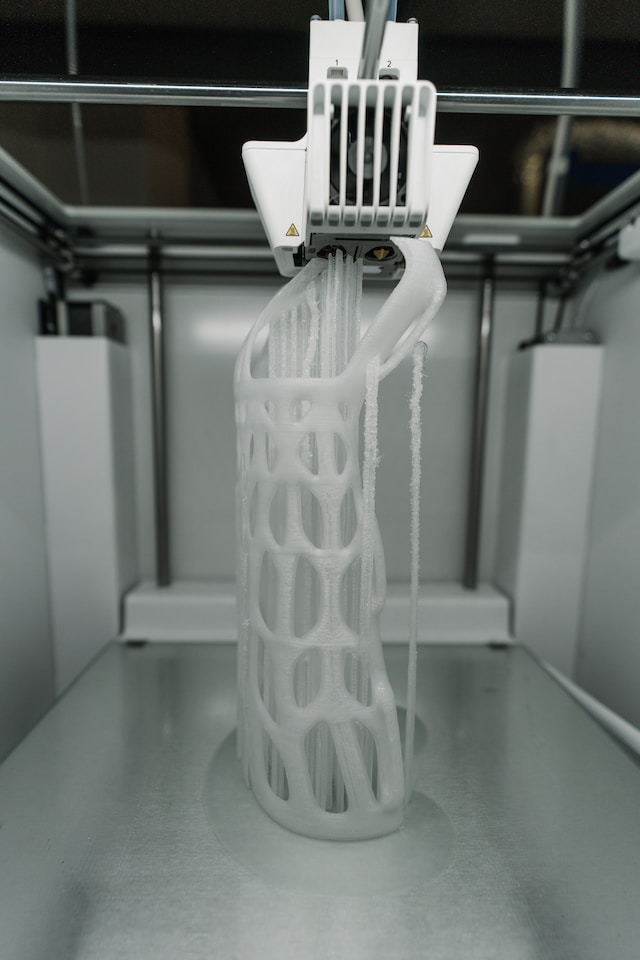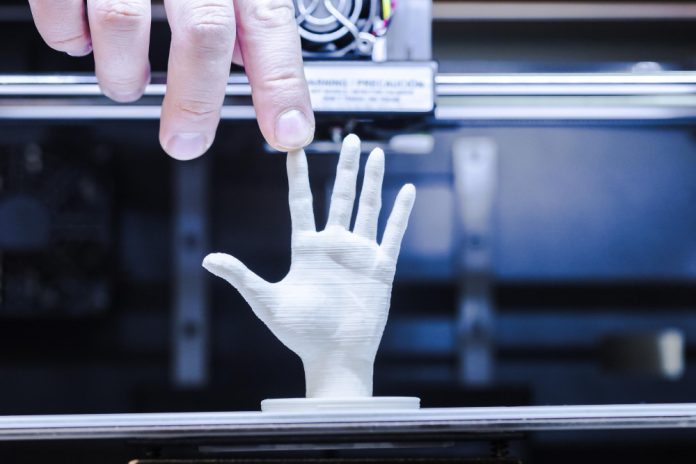Additive manufacturing refers to the use of 3D printing in industrial production. It enables the creation of materials without the need for joints and reduces the need for extensive post-processing. This process allows for the utilization of multiple materials, facilitating the creation of new products while minimizing waste and lowering material expenses.
Technology has advanced in many ways thanks to the switch from analogue to digital processes. In recent decades, digital revolutions have also occurred in the fields of communications, photography, architecture, and engineering. Additive manufacturing (AM) is another breakthrough that boosts digital flexibility and productivity in manufacturing processes.
Although AM may appear unfamiliar to some, it has been around for a while now. When used under the right circumstances, additive manufacturing delivers an amazing blend of improved performance, complex geometry, and streamlined construction. Thus, individuals that actively utilize additive manufacturing may take advantage of a wide range of opportunities.
The first instance of additive manufacturing can be dated to 1945, the year that Murray Leinster’s short tale “Things Pass By” was published. However, it wasn’t until 1971 that Johannes F. Gottwald advanced this concept further by patenting the Liquid Metal Recorder. This innovative device employed continuous inkjet technology to create a removable metal fabrication on a reusable surface. Hideo Kodama’s creation of 3D printing technology in 1980 aided in the advancement of AM. Funding and interest in the technology were still scarce at that time. The stereolithography procedure and Bill Masters’ Computer Automated Manufacturing Process and System were two subsequent patents that were promptly awarded.

How does additive manufacturing work?
“Additive manufacturing” describes processes that build three-dimensional items one very thin layer at a time. Each next layer of partly or fully melted material sticks to the prior layer. Objects are digitally defined using computer-aided design (CAD) software, which generates .stl files that divide the object into ultra-thin layers. A nozzle or print head is carefully guided by this information as it moves to deposit material onto the layer below. Alternately, a bed of powdered material can be selectively melted or partly melted using an electron or laser beam. The components combine to create a three-dimensional object when they cool or cure.
A variety of industries use AM to produce an extensive variety of products.
- Aerospace: AM is particularly well suited for aeronautical applications, due to its capacity to reduce weight and create complicated parts like blisks (blade-integrated discs).
- Automotive: The AM process helps the automobile sector by quickly prototyping a range of materials, which reduces weight and costs.
- Industrial Manufacturing: AM gives designers new opportunities to explore previously unthinkable design ideas. This design freedom enables designers to release their creativity and break free from prior limitations.
- Medical: In the medical industry, AM has a wide range of uses, notably for patient-specific implants and equipment that are custom-fit.
The National Strategy for Additive Manufacturing was introduced by the Indian Ministry of Electronics and Information Technology (MeitY) on February 24, 2022. The strategy attempts to help the nation accomplish the following goals:
- Establish India as a prominent global centre for the development and implementation of Additive Manufacturing.
- Safeguard the integrity of India’s Additive Manufacturing intellectual properties.
- Foster a sustainable ecosystem for the Additive Manufacturing industry to compete on a global scale.
- Promote the transformation of Additive Manufacturing and cultivate capabilities within the country to develop essential skills.
- Position India as an international hub for innovation and research in Additive Manufacturing.
- Facilitate the production of functional components using Additive Manufacturing for both domestic and export markets.
- Implement adequate measures for the protection of AM technology.
To say that AM will entirely revolutionize the world may be a bit of an exaggeration, but it is already having a beneficial effect. One major benefit is that, in contrast to conventional machining techniques, it can produce sophisticated patterns with a minimum amount of material waste. Additionally, additive manufacturing (AM) makes it possible to produce lighter structures, which, when used in aircraft or automotive applications, result in fuel savings and a number of economic and environmental advantages. Another noteworthy advantage is the ability to repair machines rather than scrapping them by changing elements that would otherwise be challenging or impossible to do so. Additionally, AM has facilitated a democratization of manufacturing as more people set up their own household 3D printing facilities, enabling them to create customized goods. Overall, AM improves production processes by bringing efficiency, sustainability, repairability, and accessibility, having a favourable effect across sectors.




























